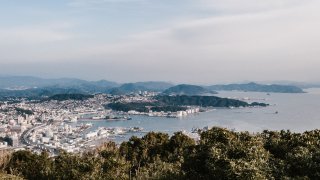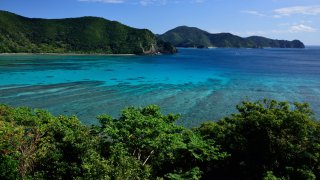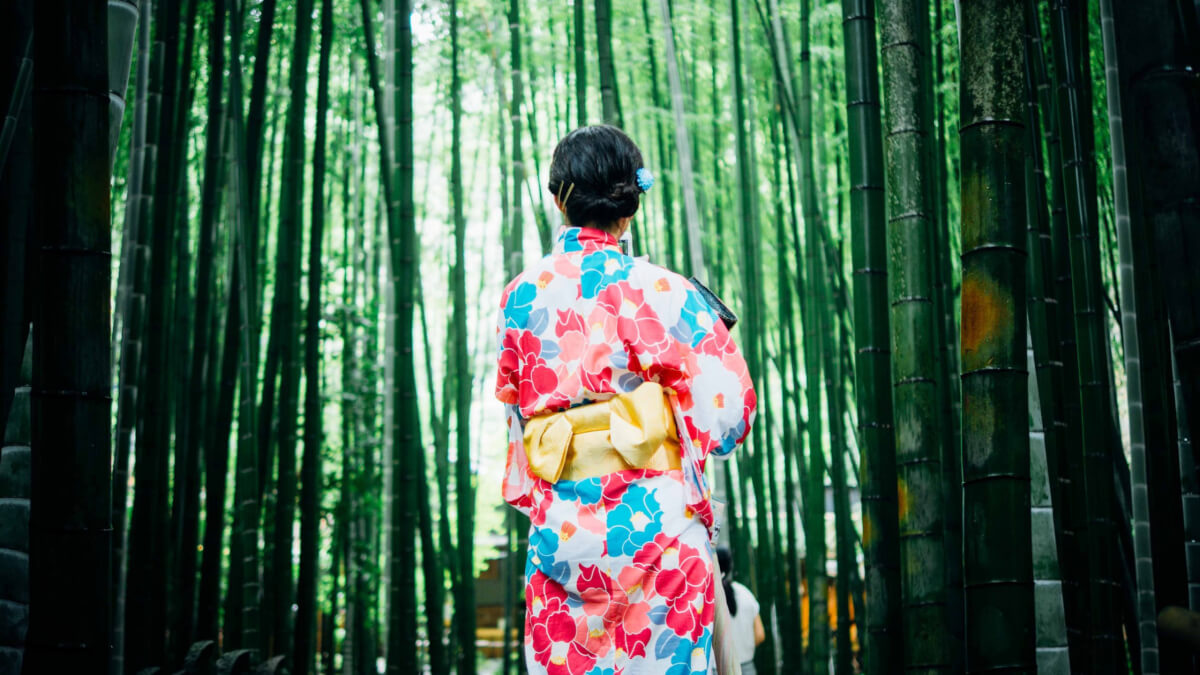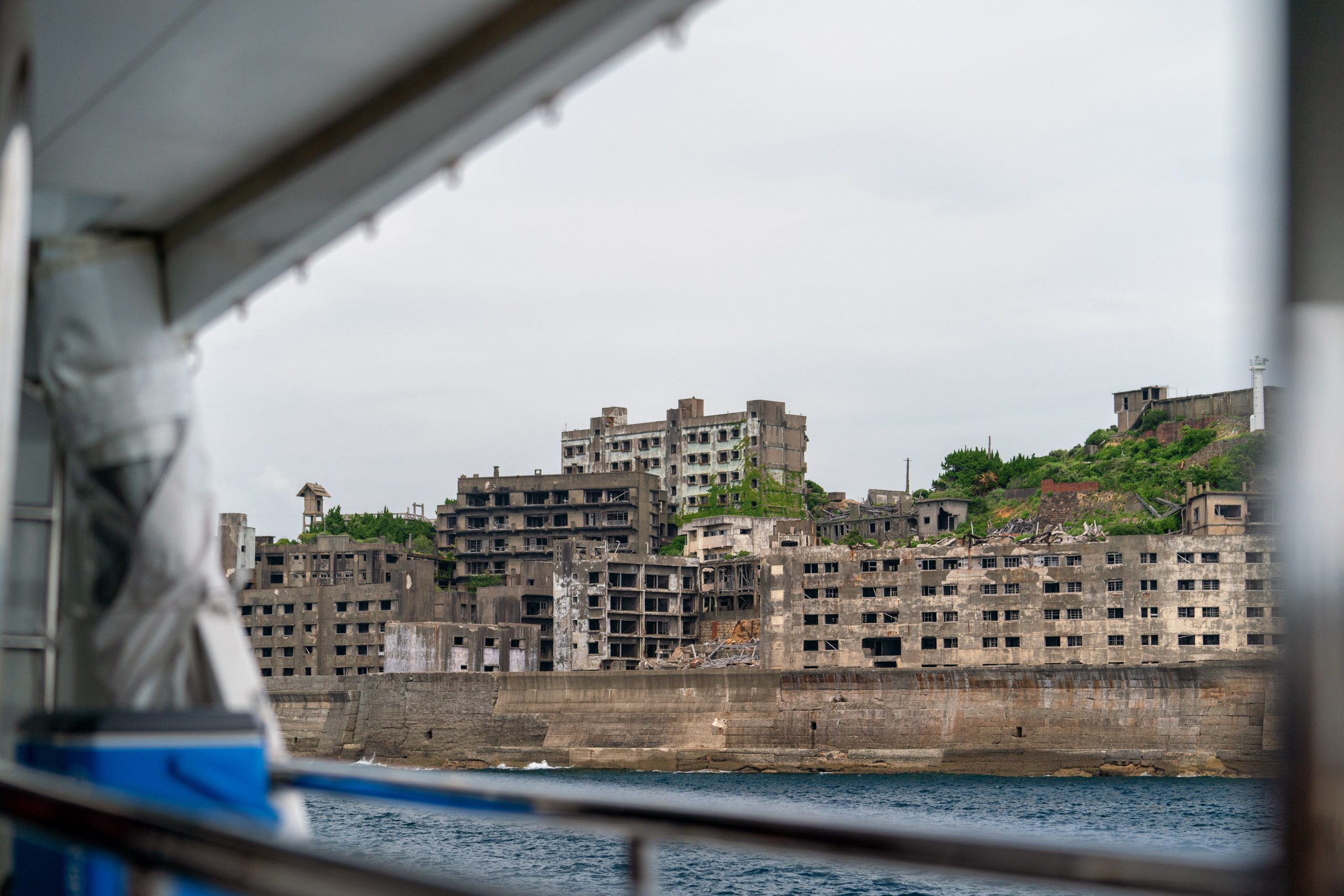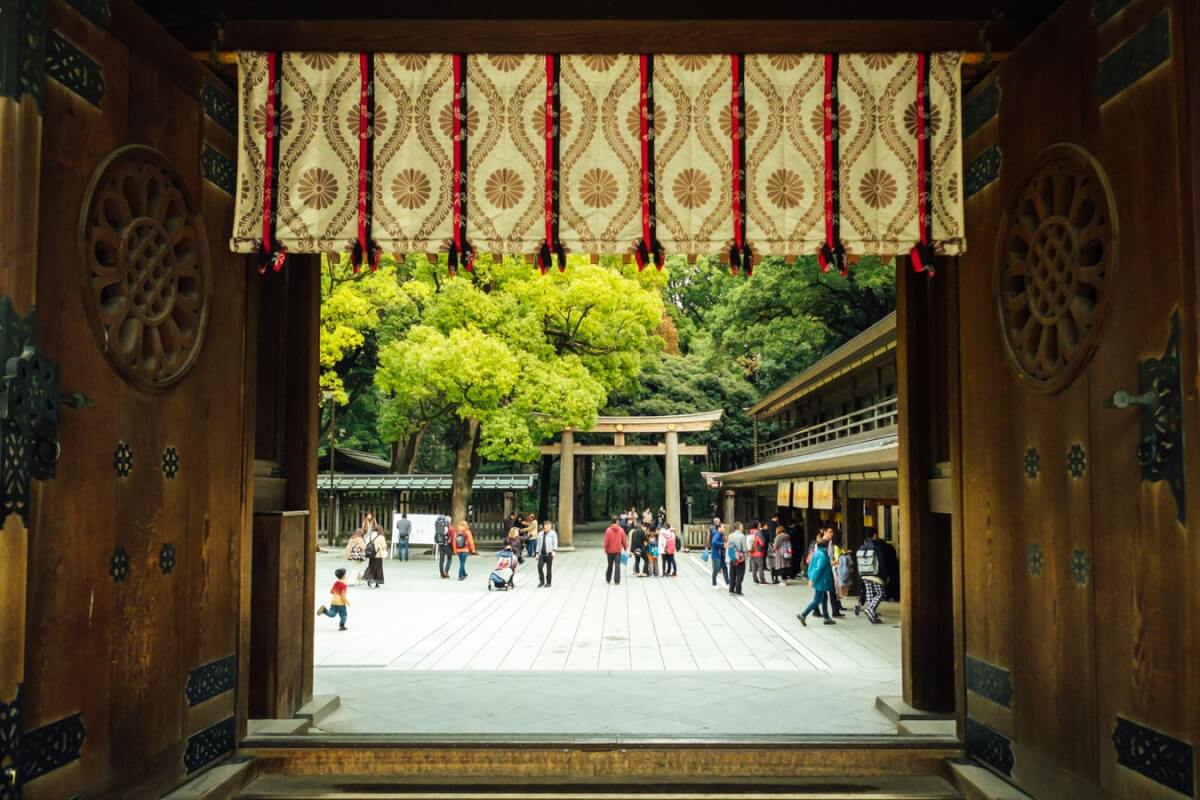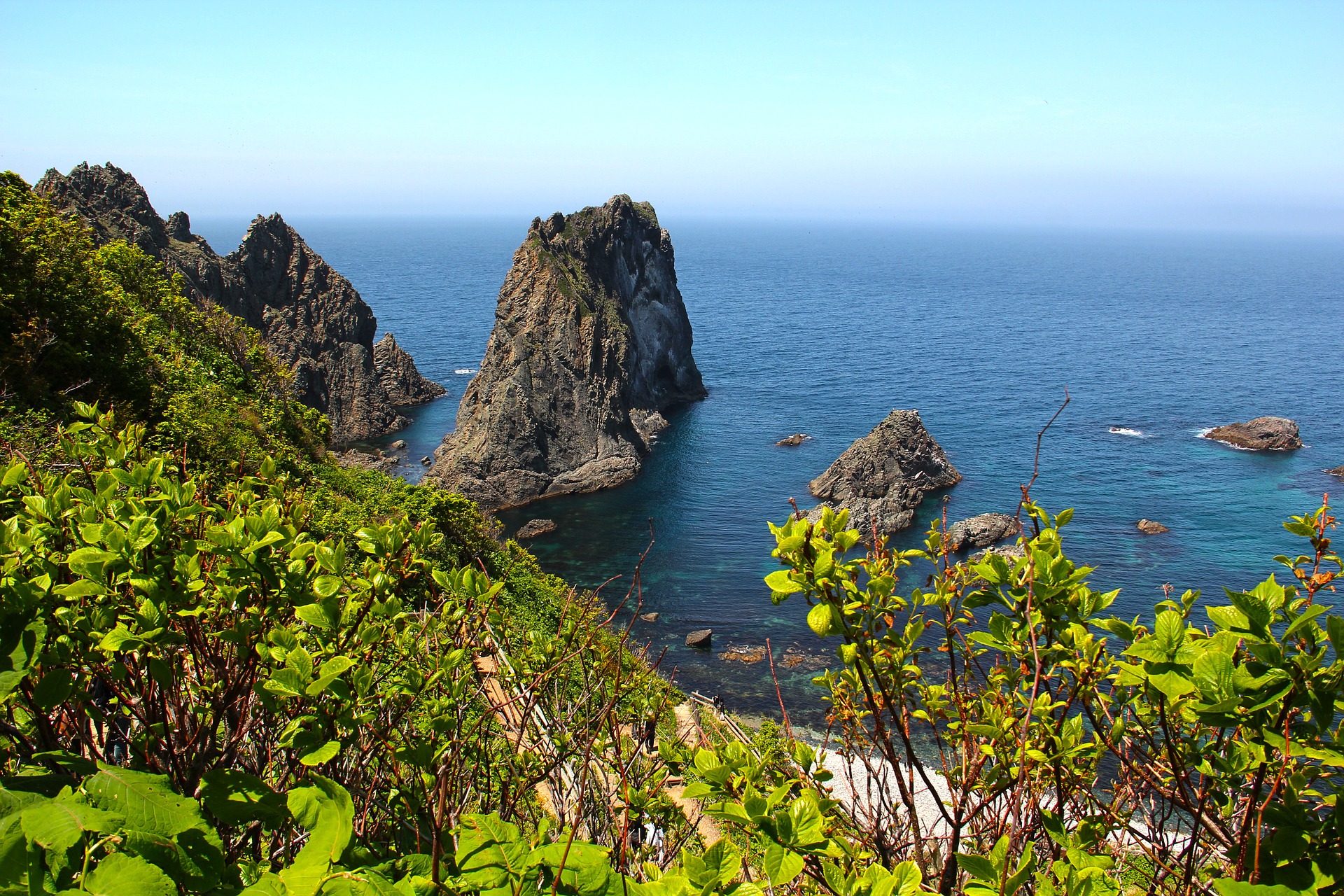Gunkanjima is an uninhabited island that is located approximately 17.5 km southwest of Nagasaki prefecture in Japan. Today it’s well known as a photogenic tourist spot, but it once flourished as a center of coal mining, which brought a number of huge profits to the country. What makes it special is the unique scenery created by the giant wrecked concrete buildings that used to be residential complexes for those who worked there. Seen from a distance, the shape of the island looks like a Battleship, which is translated as “Gunkan” in Japanese! In this article, we will introduce a brief story of Gunkanjima, an abandoned island, and what to see there!
- Brief History of Gunkanjima (in the 19th Century)
- Brief History of Gunkanjima (in the 20th Century)
- Brief History of Gunkanjima (During World WarⅡ)
- Brief History of Gunkanjima (After World WarⅡ)
- Brief History of Gunkanjima (Closure of the coal mines & coming back as a tourist attraction!)
- Highlights in Gunkanjima
- How to get to Gunkanjima
- Don’t forget to check out our private tour!
- More articles you might like
Brief History of Gunkanjima (in the 19th Century)
It is generally believed that the coal mine in Gunkanjima was first discovered in 1810. During that time, Japan was governed by the Tokugawa Shogunate, which opened in 1603 and continued to rule the entire country for over 260 years. Around the end of the Tokugawa Shogunate, which fell in the late 18th century, the number of coals extracted on the island was relatively small, and it was recognized as a side business for local fishermen to get an extra income.
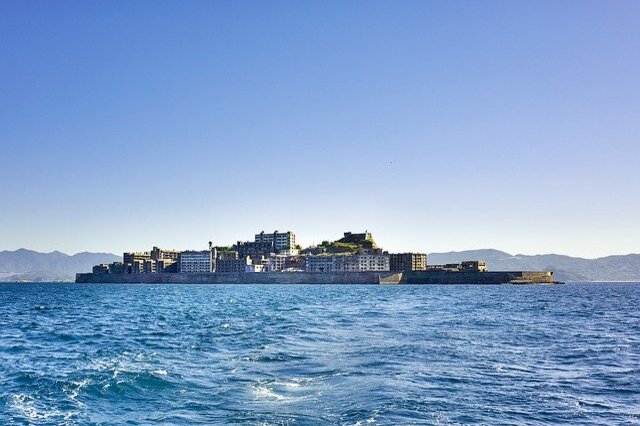
In 1890, the island was sold to Mitsubishi, one of the most powerful and largest companies in Japan, and it became their private property for over the next 100 years. They started to develop the island as a new center of coal mining. Several mine shafts were opened, which enabled them to reach the underground where more coals were stored. In 1897, the production of coal finally exceeded that of Takashima, another coal mining island situated in Nagasaki. As the development continued, other facilities such as an elementary school were completed to provide a better living environment for mine workers and their families.
Brief History of Gunkanjima (in the 20th Century)
In 1916, a giant concrete residential complex was completed to accommodate a number of residents. The complex consists of 7 floors, and it was the first concrete residential complex in Japan, and newspapers repeatedly described the island as a battleship. This is how Hashima, the official name of the island, was replaced with the nickname Gunkanjima, which is currently used and recognized more widely.

The quality of coals mined on the island was highly evaluated, which was dedicated to supporting the fundamental development of modernization in Japan. It also led to the rapid construction of a range of facilities for mine workers, which included medical facilities, educational opportunities, and even entertainment facilities. The first movie theater on this island was opened in 1927.
On the other hand, mine workers were forced to work overtime, which reached almost 12 hours a day. In the early 20th century, they started to hire younger workers, women, and even people from Korea and China to solve the labor shortage.
Brief History of Gunkanjima (During World WarⅡ)
During WWⅡ, the annual amount of coals hit the peak with the production of 410,000 tons in 1941. In spite of the historical achievement, however, it also had a dark side which clearly appeared in the devastating living environment of mine workers. According to some records, almost 40% of the population lost their lives from 1939 to 1945 due to tragic accidents such as mine explosions.
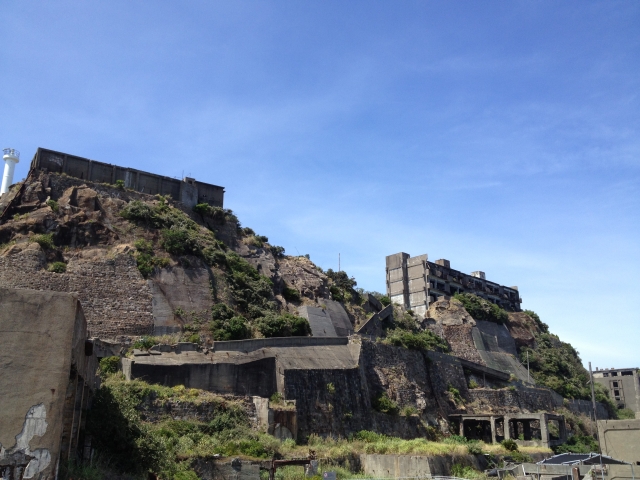
Brief History of Gunkanjima (After World WarⅡ)
The situation drastically changed after the living environments were improved after WWⅡ. The Labor Union was officially established in 1946, which resulted in a wage increase for mine workers. They were also able to have more leisure time to spend freely at a range of facilities. A number of buildings such as residential complexes, public baths, hospitals, and schools were started to build during the period as well.

In 1960, the population of the island reached almost 5,300 which made it the highest populated area in the world at the time! The density of the population was 9 times larger than that of Tokyo, which can be very convincing because the small island was packed with residents.
The island itself functioned as an independent city with great infrastructure and essential services for residents.
Brief History of Gunkanjima (Closure of the coal mines & coming back as a tourist attraction!)
As a result of the Energy Revolution which encouraged the switch of energy resources from coal to oil and gas in the 1960’s, the island started to face a decline and gradually lost power. It was finally closed in 1974, and the inhabitants had no choice but to leave the island.
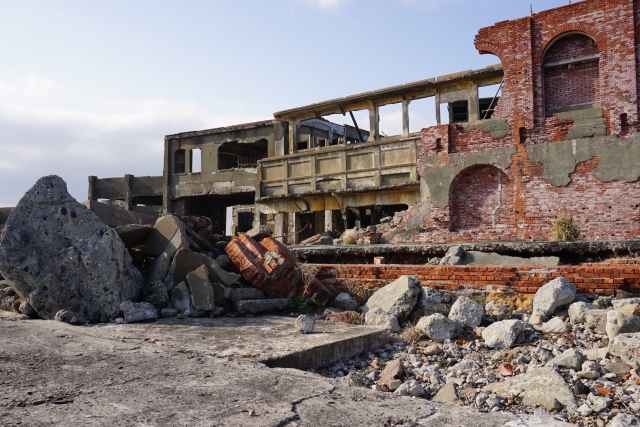
The abandoned island was brought back into the spotlight again in 2009 when it was finally allowed visitors to enter the island. It was also officially designated a UNESCO World Heritage Site as a part of “Sites of Japan’s Meiji Industrial Revolution”, which includes historical and cultural sites relevant to the modernization of Japan!
Highlights in Gunkanjima
It is strictly designated where tourists can enter the island. There are three observation points that allow tourists to take a glimpse of the historical sites and buildings. Here are the highlights for each point that you shouldn’t miss!
Observation Point 1:
At this observation point, you can see the remains of the mine. There are only some pillars left but you can see the remains of conveyor belts to carry the coal to the ship. And there are the remains of the elementary school and junior high school. It is a 7-story building and their school ground is the only park they have on the island so it was opened for locals after school.
What you can see:
- Residential complex: Includes the largest residential building on the island!
- Ruins of schools: Ruins of Hashima elementary and junior high schools
- Conveyor Belt: Giant conveyor belt columns used for coal stock
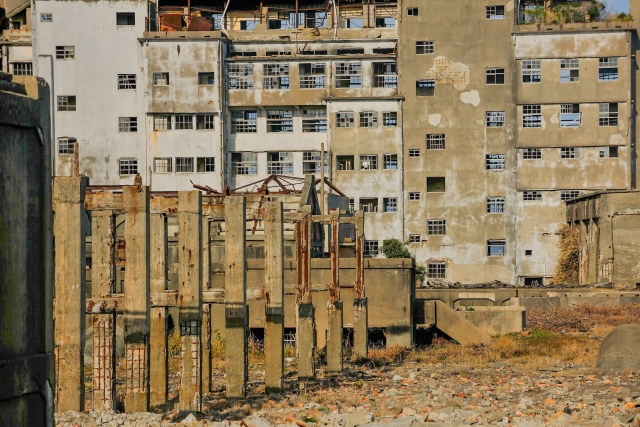
Observation Point 2:
This was the center of the mine and there used to be many important buildings of mining, unfortunately, most of the buildings were destroyed by typhoons. From the 2nd observation point, you can see one thing which stands out, the ruins of the management office made of red bricks, and there was a public bath where workers clean themselves after hard work.
What you can see:
- No.2 Shaft: Ruins including stairs leading down to the No.2 shaft
- Management Office: Office ruins made of red bricks.
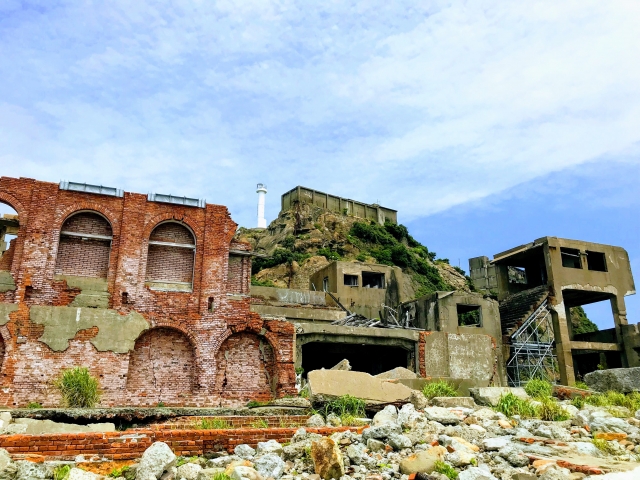
Observation Point 3:
At this observation point, there were apartment complexes and the remains allow you to imagine how people lived in Gunkanjima. This island was mainly used for mining and there was not so much space for the residence. So they built many high buildings like these, and you can see the remains of the swimming pool at the apartment.
What you can see:
- Steel Pole Plant: Small structure used for machine maintenance
- No. 30 Apartment Blinding: The oldest concrete residential complex in Japan!
- No. 31 Apartment Blinding: Another giant building constructed to prevent the wave damage

How to get to Gunkanjima
In order to enter Gunkanjima, you need to book a tour package beforehand that includes a ferry ride and guided tour around the island. You are not able to get to the island by yourself and there are certain points that are strictly prohibited to get in. Following the professional guide is necessary to explore Gunkanjima safely. There are five tour companies that go to the island and here are the popular tours that have English pages.
Please note that the schedule of each tour may vary according to the weather condition. It could happen especially in the fall when the cruise operation can be affected by typhoons.
And of course, there is no vending machine or bathroom on the island, so don’t forget to bring your water bottle and go to the bathroom before boarding the ferry. Wearing sandals and heels is not allowed, so wear some comfortable shoes that are suitable for walking.
Bringing an umbrella is also not allowed on the island, if you go there on a rainy day, bring a raincoat instead.
You can only stay on the island for 40-50 minutes according to the regulations that Nagasaki City has set.

Don’t forget to check out our private tour!
Japan Wonder Travel is a travel agency offering guided tours in Japan.
From private walking tours to delicious Food and Drink tours, we will organize the best tours for you!
If you want to explore around Japan to learn more histories and backstories of the area, our knowledgeable and friendly guide will happily take you to the best spots!
Also, we can provide you with any assistance for your upcoming trip in Japan, so please feel free to contact us if you have any questions/need some help!
- Tokyo 1–Day Highlights Private Walking Tour (8 Hours)
- Nagasaki 1–Day Highlight Private Walking Tour (8 Hours)
Gunkanjima is a great tourist attraction that is worth visiting at least once in a lifetime. More than that, it offers visitors an opportunity to learn about the bright and dark sides of the history hidden in the abandoned buildings standing there silently. Explore the island and deepen your understanding of the unique UNESCO World Heritage Site!
Follow us on Instagram or Facebook for more travel inspiration. Or tag us to get featured!
Happy traveling!
Stay informed of the best travel tips to Japan, the most exciting things to do and see, and the top experiences to have with the Japan Wonder Travel Newsletter. Every week we will introduce you to our latest content.
More articles you might like

